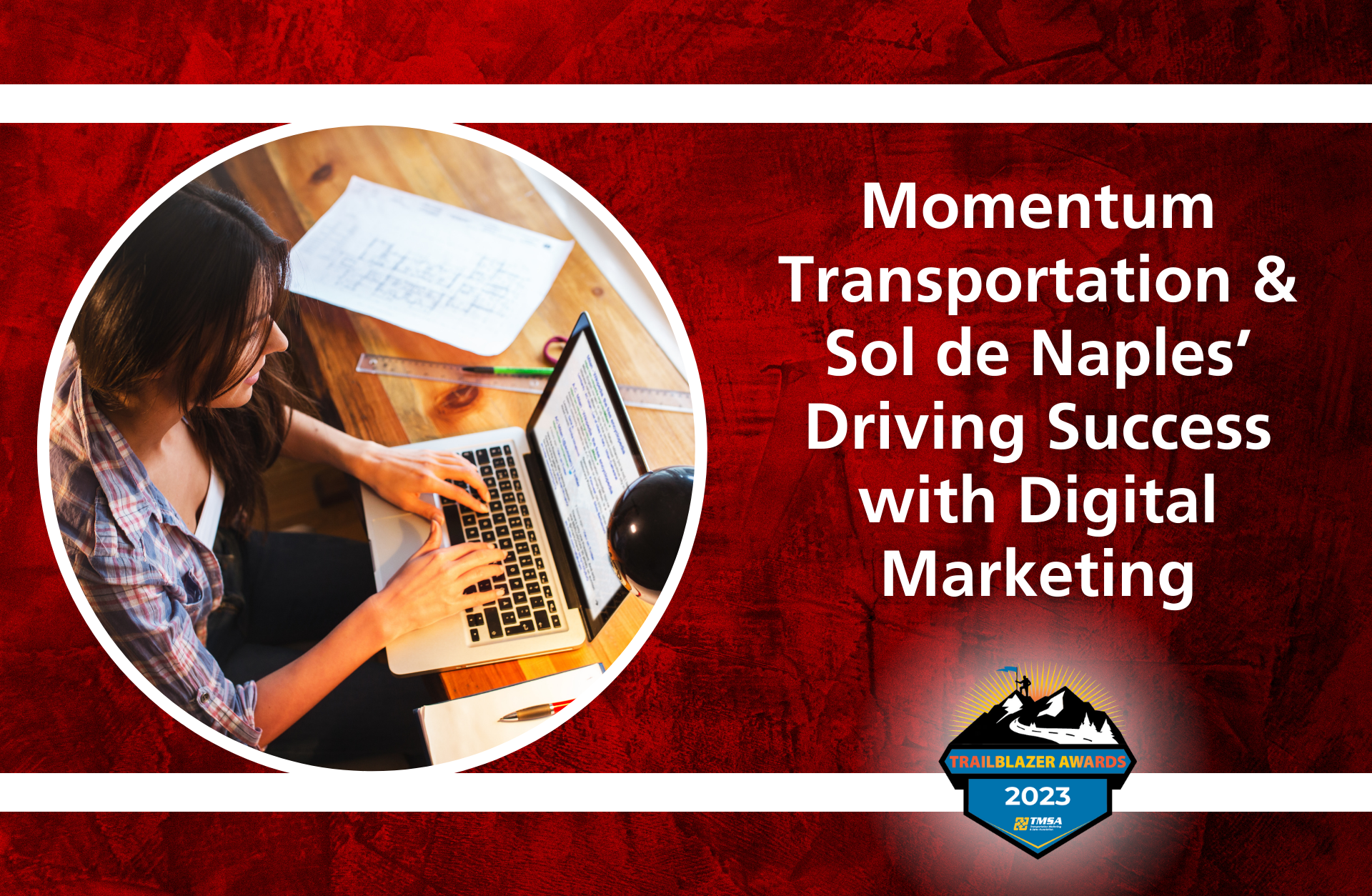.png)
Written By: Jennifer Karpus-Romain | Oct 7, 2025 9:03:12 AM
We’re officially in budget season and marketing teams across transportation and logistics are under pressure to prove ROI while planning for the year ahead.
What makes it even more challenging? These same teams are being asked to do more with less: generate qualified shipper leads, strengthen brand reputation, support driver and employee recruiting and retention efforts, and deliver measurable sales enablement with the same or smaller budgets.
The good news? A tighter budget doesn’t have to limit your impact. With a strategic, data-driven approach — and an understanding of what really moves the needle in this industry — you can stretch every dollar further and show real results.
Here are five ways to make your marketing budget work harder for you:
Not every campaign or channel will perform equally in transportation — and that’s okay. The key is knowing what converts in your space.
When marketing and sales share data, your spend becomes smarter — and your strategy becomes more targeted.
Content that reflects your niche and lives on your channels keeps working long after it’s published.
If content is king, distribution is queen, and in logistics, knowing where your audience consumes information is everything.
Automation and AI tools can stretch small marketing teams without sacrificing personalization.
The right tools don’t replace your team. They multiply their reach.
In transportation and logistics, trying to be “everything to everyone” often dilutes your message, as well as your results. Yet, it is just ask risky to stay static as your customer needs evolve.
According to the 2024 TMSA Marketing & Sales Metrics Study, 45% of companies lost business because they couldn’t grow with their customers’ needs, and another 41% lost business due to an inability to meet comprehensive customer requirements. Even more concerning, more than half (55%) of companies lack a formal process to understand or review customer experience. This leaves them blind to the early warning signs of churn.
To avoid that pitfall:
In logistics, adaptability is credibility. Customers reward providers who evolve alongside them — not those who cling to yesterday’s playbook.
The freight market changes fast, so your marketing strategy should, too.
Agility keeps your marketing aligned with what’s actually happening in the market.
A limited budget doesn’t have to limit your potential. By focusing on high-impact channels, industry-specific storytelling, and tools that make logistics marketing more efficient, you can deliver real ROI, even when budgets are tight.
Looking for more insight? TMSA members gain access to benchmarking data, case studies, and peer insights from across the transportation and logistics ecosystem — giving you the data and ideas you need to make every dollar count.
Join TMSA today and start building a smarter marketing strategy that gets results.
Tags: Marketing, Measurement/ROI, Budget

If one-third of our lives is spent at work, we must choose a career that offers more than the 9-5 drudge. We need to find a place where we can thrive - be challenged - somewhere that offers...

Following the launch of a new, modernized website in 2021, Momentum Transportation, an award-winning Landstar Agent, sought to expand its digital marketing program into the area of blogging. The...